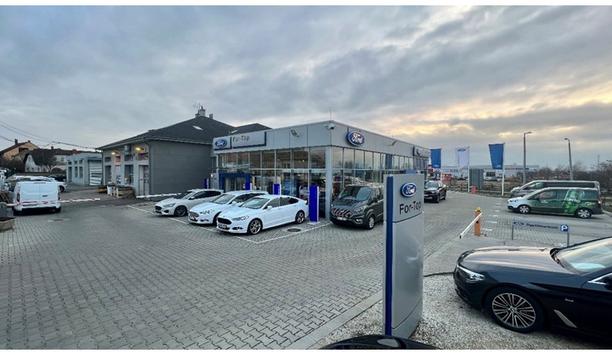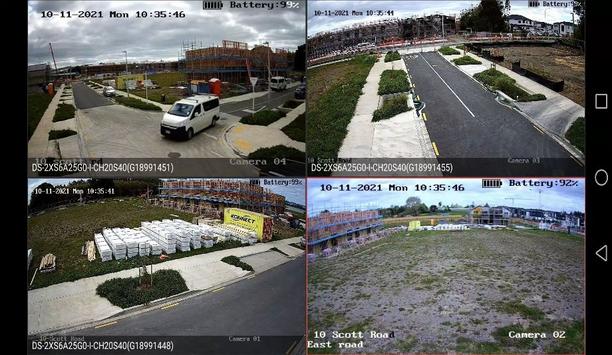 |
| IMS Research has been studying the rise of wireless video surveillance systems in cities where security is an issue |
Wireless infrastructure has a number of things going for it right now. Firstly, it reduces the cost of infrastructure when compared with the traditional trenching and laying of cable, which in the current economic environment is unsurprisingly popular.
Secondly, wireless infrastructure offers networking in areas of cultural significance, such as city centres and historic sites, without the need to dig up roads - in some cases, it is the only option.
Thirdly, wireless technology can be used in temporary video surveillance installations to provide a degree of flexibility that a wired solution just cannot offer. In these days of austerity, moving cameras when and where you need them is a more attractive option than buying new cameras.
Finally, the end-user industry that suits wireless infrastructure best is city surveillance (municipalities) which happens to be the fastest growing vertical market for video surveillance. In fact, the growth potential for the city surveillance market was highlighted recently by the announcement that HikVision, a China-based video surveillance equipment manufacturer, has been appointed general contractor on an $800 million safe city project in Chongqing, China.
In other regions, such as the Middle East, wireless infrastructure is also being used to stream video surveillance live from police vehicles to command centres. This integration between mobile and fixed locations has the potential to improve crime detection and prevention, providing more accurate intelligence to the police agencies using the technology. So what, if anything, will slow the growth of wireless video? The main issue, according to IMS Research, is the knowledge and skill set of the systems integrators that install wireless video surveillance. However, as the opportunities continue to increase in city surveillance, more and more integrators will get on-board with wireless technology and it looks set to be a major growth area in the video surveillance industry over the next couple of years.
Discover how AI, biometrics, and analytics are transforming casino security







































